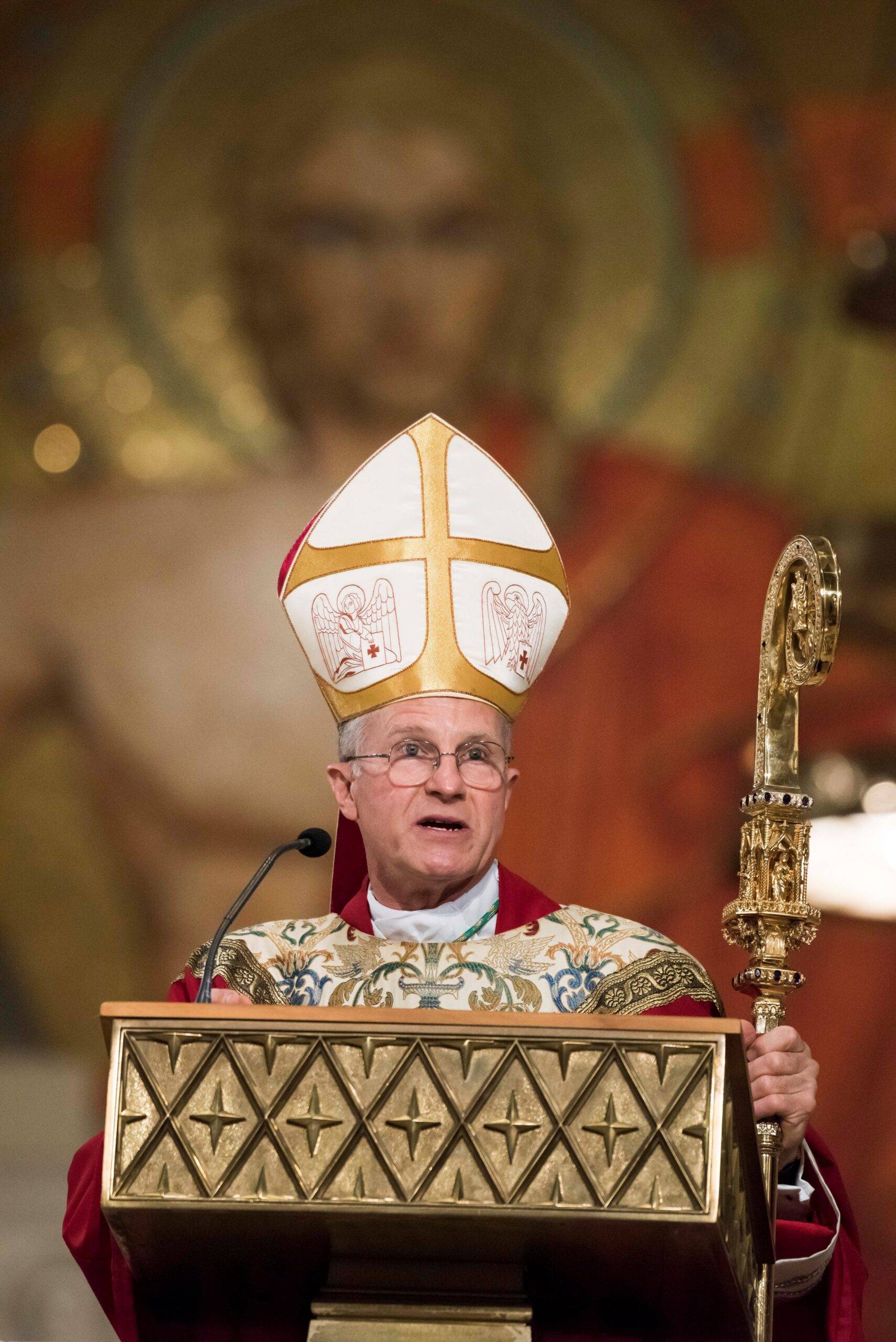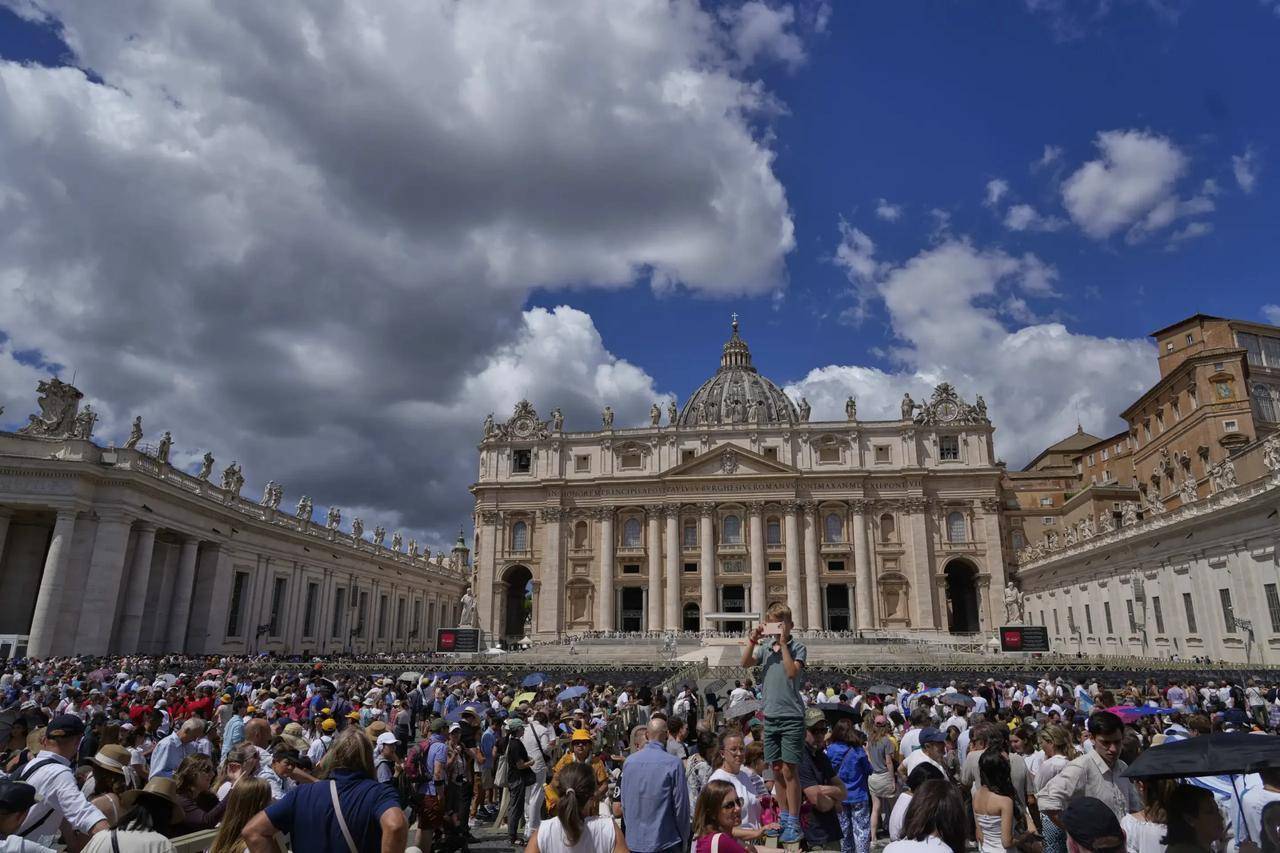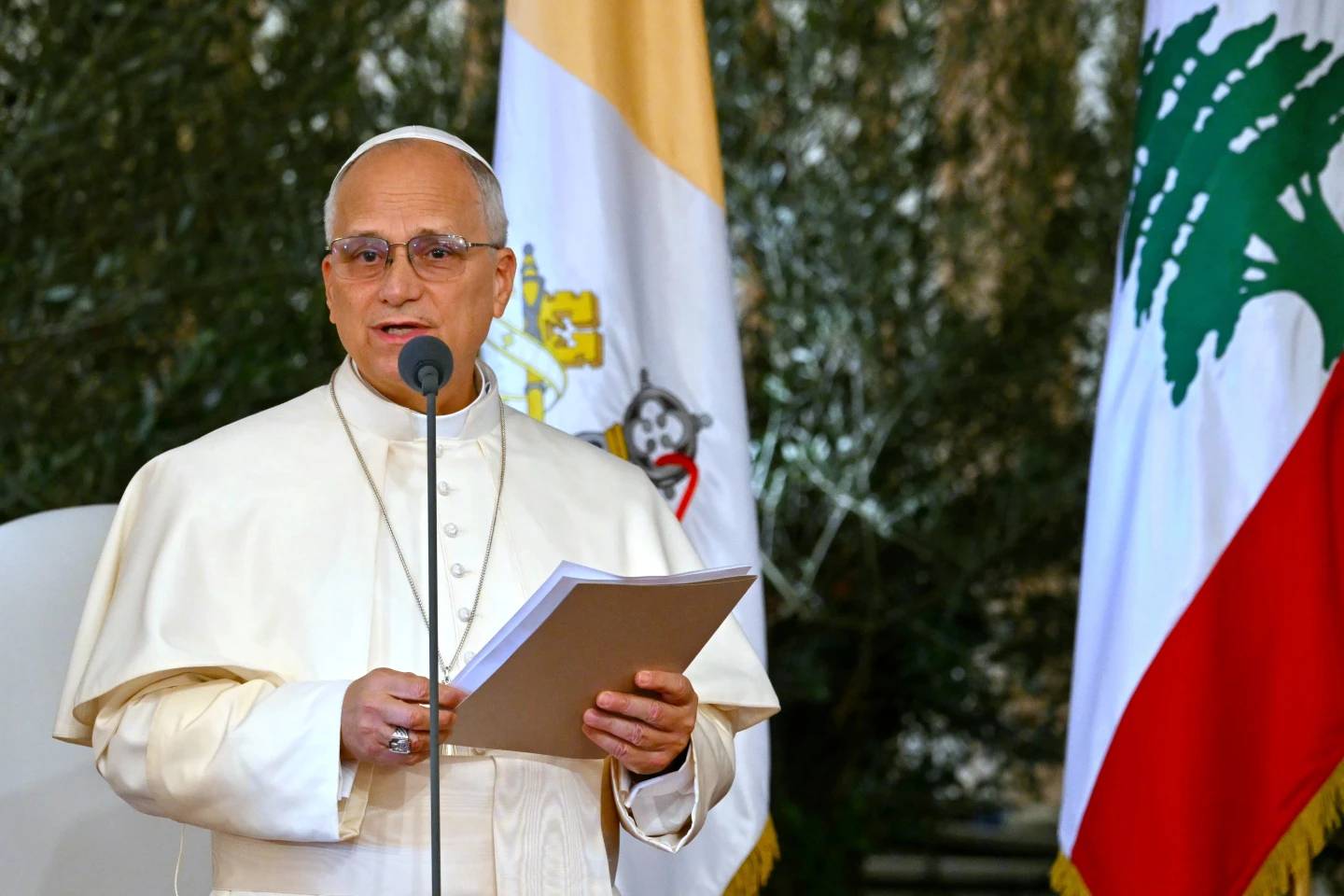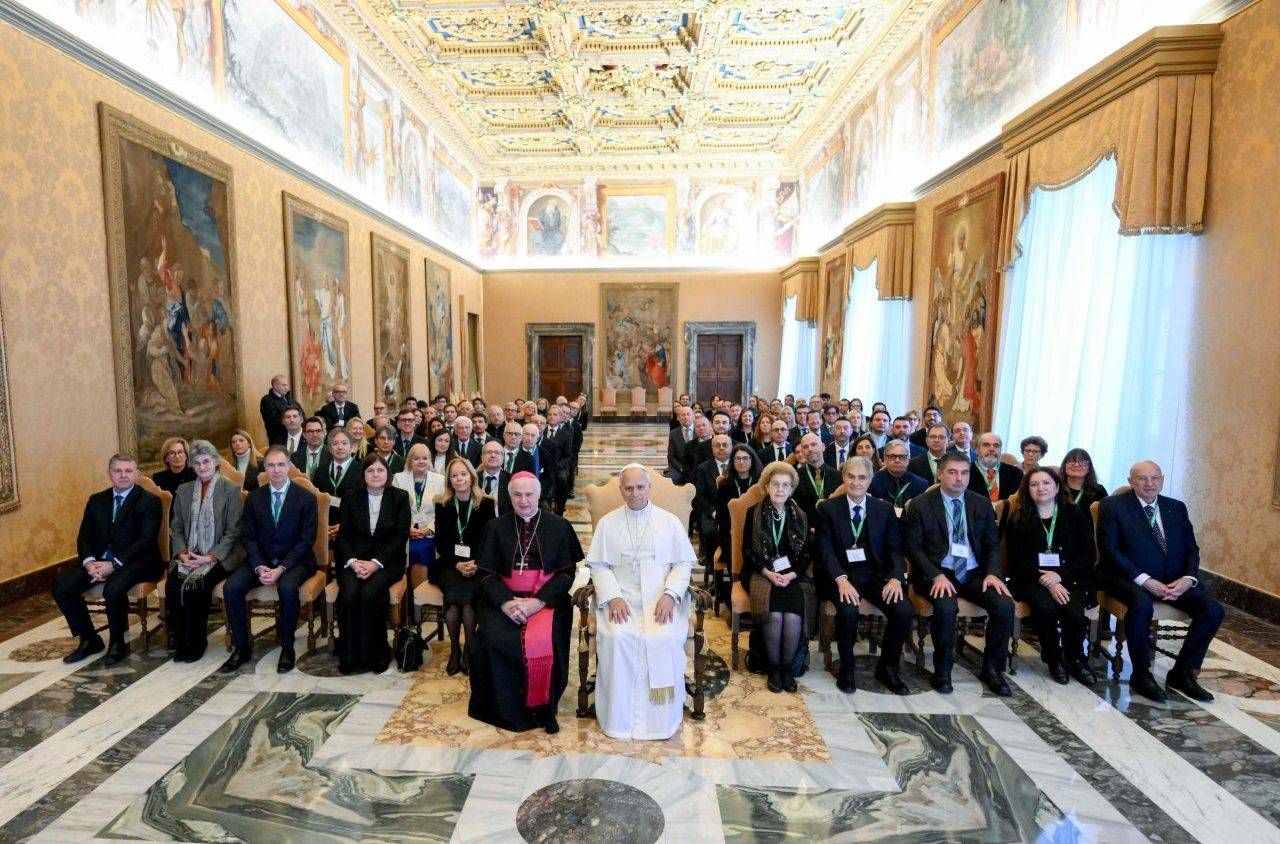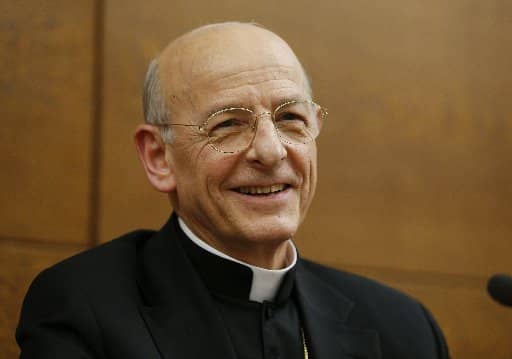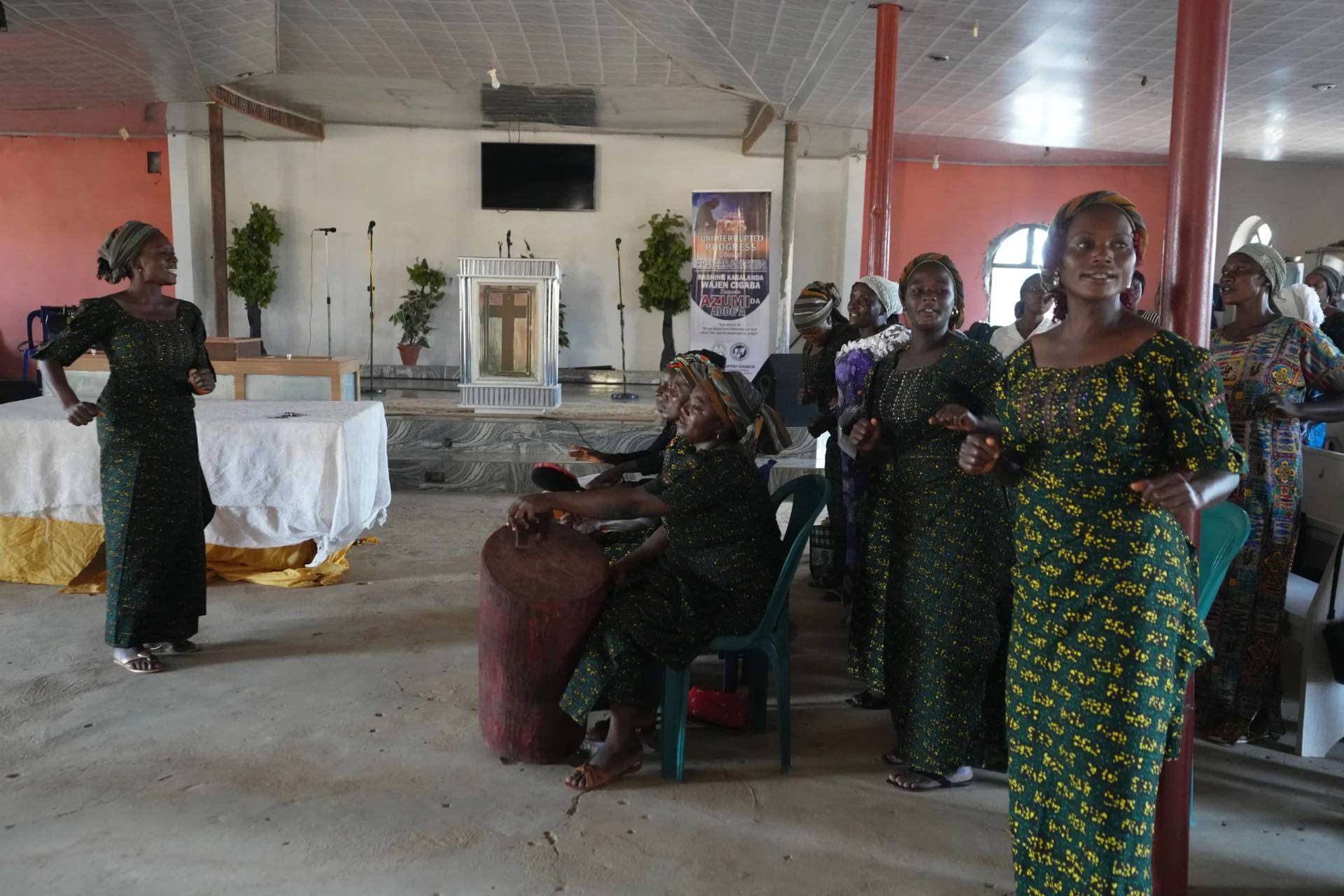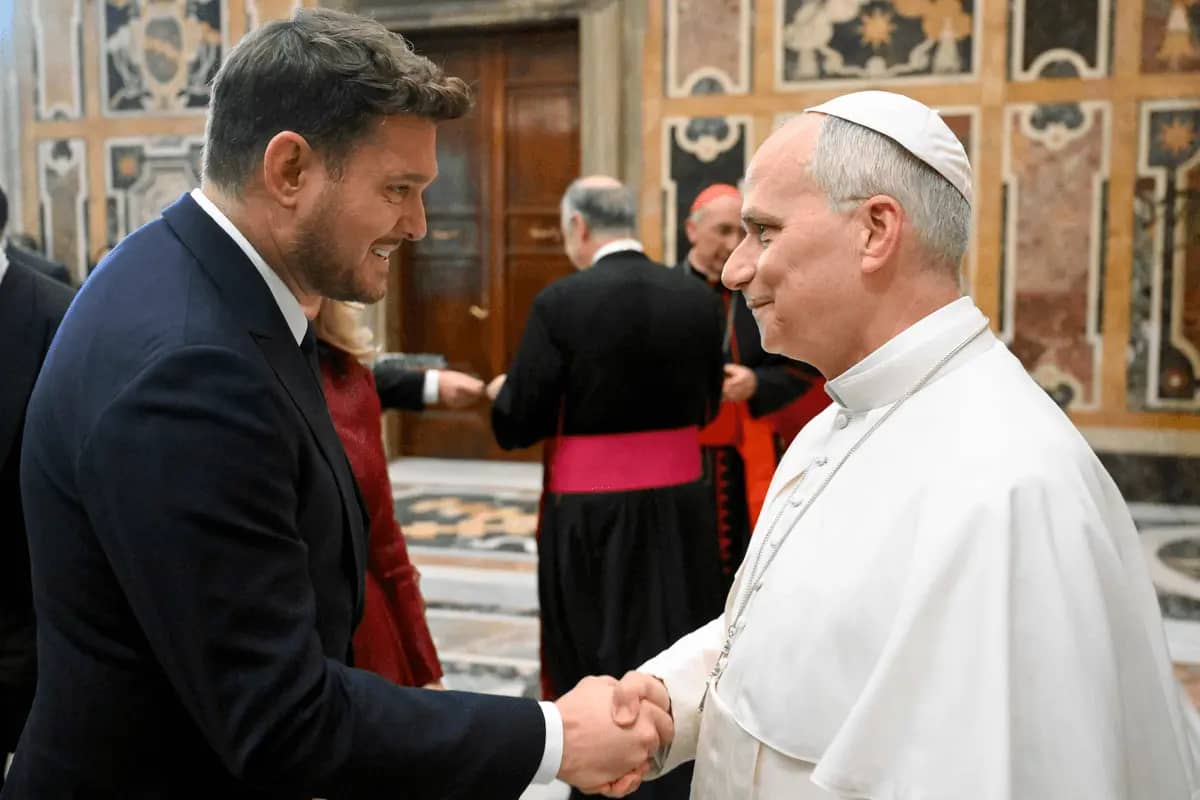– Parents forced to choose which of their children will eat dinner that day. Children watching as their parents succumb to the gruesome effects of starvation. Farmers having their crops snatched up and taken away while neighbors lie emaciated on the roads, too exhausted to move.
Thousands of documented instances of cannibalism.
This is the story of the Holodomor, the “death by hunger” that gripped Ukraine between 1932 and 1933 – leaving between 2.5 and 7 million people dead in its wake.
“The story is really horrific: the amount of people who went through life and were forced to eat horrible things just to stay alive,” Ukranian Greek Catholic priest Father Mark Morozowich told CNA.
“People talk about (how) there would just be some water with a little bit of fat in it that they were able to eat,” said Morozowich, who also serves as dean of the School of Theology and Religious Studies at the Catholic University of America.
“And then the stories of people dying: the young people, the old people, in some cases, if there were protests, people were shot and killed,” he recalled. “It was really a demonic reality in some ways.”
An overlooked history
The Holodomor, or “death by hunger” in Ukrainian, was a man-made famine that terrorized the Ukrainian Socialist Soviet Republic – a Soviet state under the USSR – between the spring of 1932 until the summer of 1933.
Through a combination of decreased crop requisition and a series of policies that restricted rations and seized food throughout the country, between an estimated 2.5 to 7.5 million Ukrainians starved to death in one of the most agriculturally productive areas of the USSR.
While food shortfalls were experienced in pockets across the Soviet Union, policies enacted in Ukraine in November 1932 specifically contributed to widespread death and starvation. Soviet leader Joseph Stalin’s policies required that Ukraine produce a third of the Soviet Union’s grain stocks, even though it consisted of just a fraction of the union’s arable land.
In addition, peasants and collective farms who did not meet their grain quotas were severely punished, forced to turn over livestock or surrender up to 15 times the food they originally owed the Soviet government.
Those who could not turn over the required amount of goods found their farms raided by party officials.
After these policies were put into place, Ukrainian borders were closed, prohibiting starving citizens from leaving. These policies remained in effect, with food continuing to be seized, even after the Soviet government met its food requisition goals in early 1933.
The classification of the Holodomor as a “genocide” is contentious today, due to questions over the extent of Stalin’s intention to specifically target and extinguish the Ukrainian people, as well as differing definitions of what constitutes genocide. Currently, the Holodomor is recognized as a genocide by 24 countries – including the Vatican.
Despite these questions, Stalin’s complicity in causing and then perpetuating the starvation in Ukraine has been well-documented.
“I don’t think that the way to think about the Holodomor is as something that there was a clear blueprint for and that the blueprint was just put into action,” said Prof. Michael Kimmage, a history professor at the Catholic University of America.
“It was a number of competing agendas and, of course, the willingness of Stalin and those in his inner circle to inflict tremendous suffering on the population of the Soviet Union.”
In addition to the scope of the famine, what also sets the Holodomor apart is the degree of state complicity – not only in the creation of the famine, but in its refusal of any aid once news of the famine started to spread, Kimmage noted.
“The state was aware of the problem. It could have allocated resources differently,” he told CNA.
“The fiendish reality of the Holodomor is that it wouldn’t have happened if the Soviet state had not made it happen. There was no way that once it was underway that the state was going to come to the rescue of its starving subjects and citizens, and that’s perhaps the core tragedy of this event.”
The Soviet’s denial of wrongdoing lasted beyond the famine itself, Kimmage pointed out. Ukrainian people were prohibited from speaking or writing about the famine and its unique impact on their people until the Soviet Union broke apart in the 1990s.
Echoes of the Famine
While the Holodomor was a verboten topic of conversation in Ukraine, it is now an important touchstone both for the Ukrainian American community and for post-soviet Ukraine, who can now speak freely and remember publicly what happened.
“What has been forbidden to be spoken about until 1991 is very much spoken about after 1991,” Kimmage said.
For Ukrainians, said Morozowich, talking about the famine is also a means of commemorating the deep dehumanization experienced by the Ukrainian people during that period.
“When we look at what a famine does, it strips a person, it destroys networks, it brings them down, it pits neighbor against neighbor,” Morozowich said.
The perversion of these relationships and the choices people were faced with to survive destroyed not only society, but persons as well. “It was a whole dehumanization of the person. All that was good was stripped away and a stripping away the identity of the Ukrainian people.”
‘Who is going to remember Ukraine?’
The footprint of the Holodomor today is not only in the people’s reclamation of their identity, but in the people’s response to the situation and conflicts facing Ukraine today.
“It’s difficult for people who don’t live here or don’t know the history of these areas to understand,” Archbishop Claudio Gugerotti, apostolic nuncio to Ukraine, told CNA/EWTN News.
He spoke of Ukrainian’s fears that the conflicts facing the country today will be overlooked again not only by those imposing the violence, but also the world.
Since 2014, conflict has raged between pro-Russian forces and the Ukrainian government in Eastern Ukraine. Nearly 10,000 people have been killed by the violence, and over 1.5 million people have registered as displaced, according to the United Nations.
Nearly two million people face shortages of water and restrictively high food and medicine prices in the areas with the most fighting, according to UN reports.
“Our present situation is not the Holodomor, but it is extremely difficult, and there are areas where, I wouldn’t say they starve, but they are at the minimum level of surviving,” Gugerotti said.
He described that in many places, citizens hide and store basic food items like bread for fear of scarcity or theft. Social cohesion has eroded in the eastern part of the country, particularly between ethnic and language groups as well as between the different Catholic, Orthodox and Protestant Churches.
This has limited the churches’ ability to respond to the needs of the people, and heightened citizens’ feelings of hopelessness and paralysis.
The challenges facing both Russia and the West have left many people in Ukraine feeling that their needs are being overlooked.
“When one is afraid, certainly one doesn’t want to meet with people who are more afraid than he or she is,” Gugerotti said. “We have a disastrous situation in the whole world and who is going to remember Ukraine?”
Morozowich reflected that the lesson of the Holodomor still echoes in the challenges the Ukrainian people are facing today.
“When we look at history and we look at things that have happened, unfortunately in many cases, political power sometimes speaks louder than historical realities. We need to continually bring the stories forward,” he said, pointing to recent attention to the Holodomor in film and in research, as a hopeful sign.
Ultimately, however, both the Holodomor and the current Ukrainian conflict ask the same question, he said: “Are we really ready to listen to the plight of our brothers and sisters?”
In the Holodomor, the Soviets imposed a new reality for the Ukrainian people through the starvation and suffering of the famine.
“One that was devoid of God, stripping of their dignity, stripping of their culture, stripping of their culture, stripping of their intellectual past, stripping of their wonderful melodies,” Morozowich said. “They were deprived and then they were rebuilt into agents of the system.”
Similarly, the violence, hunger and displacement of today’s Ukrainian conflict makes people fear the same kind of deprivation, he added. “It’s a large part of the struggle of yesterday, it’s a large part of the struggle that’s going on today.
“We have to ask if we’re ready to stand with our brothers and sisters to help them be free, to be able to live a decent life without the fear of a bomb falling, without the fear of hunger, and how do we as a people, a society for the voices of the innocent to rise above the military machinery that is just subjecting these people.”






